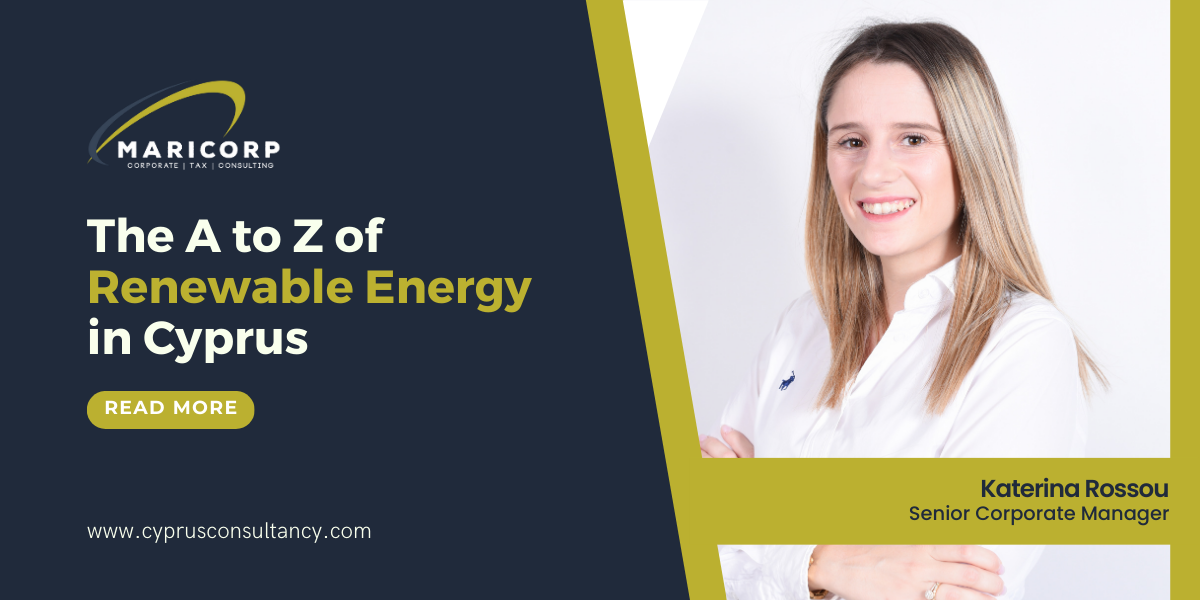A. Finding suitable land:
Finding suitable land is the first step that needs to be considered for PV parks. The following matters must be taken into consideration when looking for the appropriate land to be used for PV parks.
The Environment Department suspended the assessment of Photovoltaic Parks in February 2021 onward, until a strategic environmental impact assessment had been carried out. In February 2022 the Environment Department has decided that big solar and wind parks are forbitten from Natura 2000 sites. Solar parks and wind parks according to the Environment Department are also banned in mountainous areas, areas with special landscape characteristics and in plots with big inclines where considerable earthworks would have been taken place. Further archeological sites and ancient mountains are also protected within the Natura 2000 sites.
In addition to the above, projects which are also located to close distance to Natura 2000 site will also have to undergo the relevant assessment to evaluate the impact they could have on projected elements of these sites. (https://ec.europa.eu/environment/nature/natura2000/index_en.htm#:~:text=Natura%202000%20is%20a%20network,on%20land%20and%20at%20sea)
Another matter that needs to be considered when looking for suitable land is the trees that are planted within the land as there are some trees that are protected. A recent example where the Department of Town Planning has rejected an application to build a new photovoltaic park was because the company violated the terms of the project to preserve dozens of carob trees on the site.
And even when all the above are satisfied caution should be taken in relation to acceptance by nearby committees since they reserve the right to object to such establishment as it may effect there everyday standard of living and culture of communities.
B. CERA and Environmental License:
Following the founding of the suitable land and taking into consideration that all above criteria have been met, the interested party must submit an application to CERA for the obtaining of the relevant license. The application must include the proposed design of the PV park.
Once CERA approves the application for the license, an environmental an environmental study must be undertaken which will have to include the points mentioned above including proximity to rivers, lakes etc.
C. Connection to the Grid:
The final stage prion to having a PV park that is Ready to Built is to get grid connection terms from the Transmission System Operators of Cyprus. In order to receive a grid connection the below are the most important criteria that need to be met:
- Have a CERA and Environmental license as mentioned above
- The local electricity sub-station to have MW capacity. This is monitored by the Distribution System Operator and a hosting capacity map for each sub station.
- Distribution network to have the ability to sustain more power.





